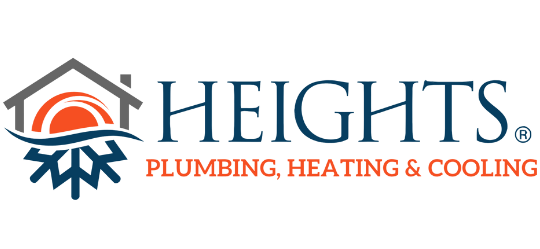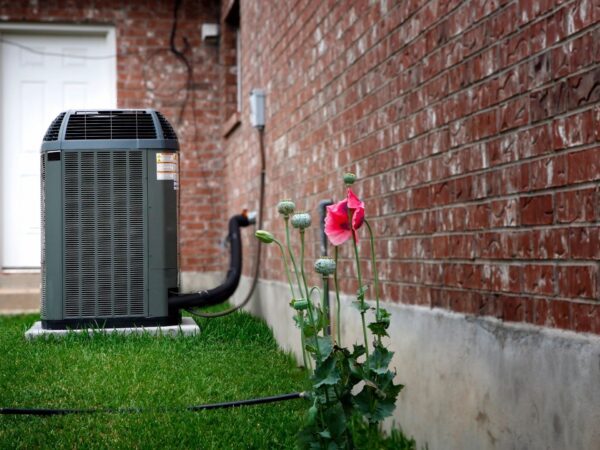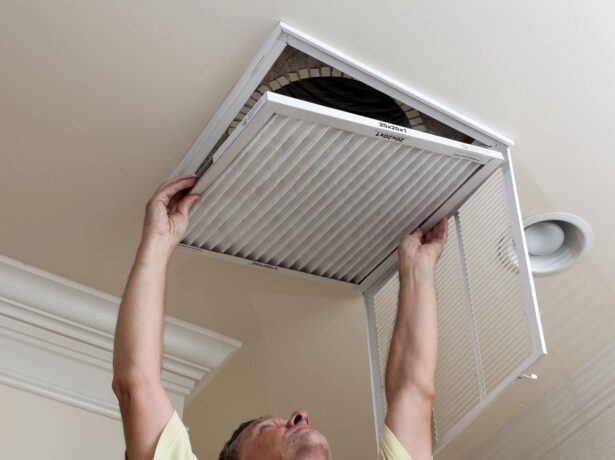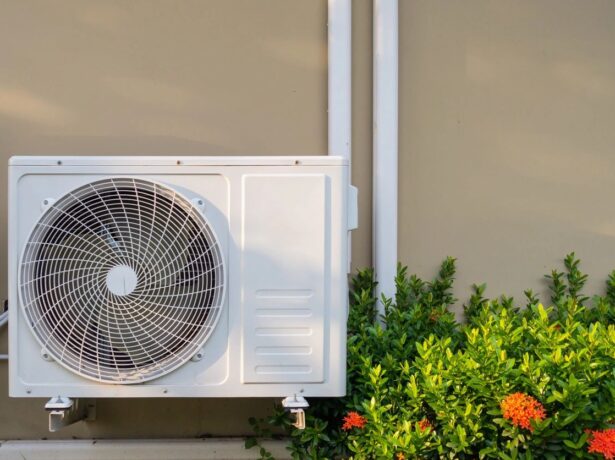Winter is here, and as the temperature drops, staying warm becomes a top priority. Your HVAC system plays a crucial role in maintaining a cozy and comfortable home during the chilly months. But are you making the most of it? In this article, we will delve into the top strategies for optimizing your HVAC system, ensuring you receive the maximum warmth and energy efficiency.
Understanding the Importance of Optimizing Your HVAC System
A well-optimized HVAC system not only keeps you warm but also helps you save on energy costs. By implementing a few simple strategies, you can ensure that your heating and cooling system is running at its peak performance, providing you with optimal comfort throughout the winter season.
One of the key benefits of optimizing your HVAC system is improved energy efficiency. When your system is operating efficiently, it consumes less energy, which translates into lower utility bills. Additionally, an optimized HVAC system reduces the strain on the equipment, extending its lifespan and minimizing the need for costly repairs or replacements.
Benefits of Optimizing Your HVAC System for Winter
Optimizing your HVAC system specifically for winter comes with its own set of advantages. During the colder months, your heating system works harder to maintain a comfortable temperature, and by implementing the right strategies, you can ensure it does so efficiently.
One of the main benefits of optimizing your HVAC system for winter is improved indoor air quality. Winter often means spending more time indoors, and with closed windows and doors, the air inside your home can become stale and filled with allergens. By regularly maintaining and optimizing your HVAC system, you can ensure that the air circulating in your home is clean and healthy.
Another advantage of optimizing your HVAC system for winter is the ability to achieve consistent and comfortable temperatures throughout your home. By properly maintaining your system and addressing any issues promptly, you can avoid cold spots and ensure that every room is heated evenly.
Common Issues with HVAC Systems During Winter
As the temperature drops, HVAC systems can experience a range of issues that can impact their performance. It’s important to be aware of these common issues so that you can address them promptly and avoid any disruptions to your winter comfort.
One common issue is a clogged or dirty air filter. When the filter becomes dirty, it restricts airflow, making your HVAC system work harder to heat your home. Regularly cleaning or changing your air filter can help prevent this issue and keep your system running efficiently.
Another common issue during winter is thermostat problems. A malfunctioning thermostat can lead to temperature inconsistencies and even complete system failures. If you notice that your thermostat is not accurately reflecting the temperature or if it’s unresponsive, it’s important to have it inspected and repaired or replaced as needed.
Winter HVAC Maintenance Checklist
Proper maintenance is essential to ensure the optimal performance of your HVAC system during winter. By following a comprehensive maintenance checklist, you can address potential issues before they escalate and ensure that your system is ready to keep you warm all season long.
- Clean or replace air filters: Dirty air filters restrict airflow and reduce the efficiency of your HVAC system. Clean or replace filters regularly to ensure optimal performance.
- Inspect and clean vents and ducts: Dust and debris can accumulate in vents and ducts, obstructing airflow. Regularly inspect and clean them to maintain maximum efficiency.
- Check thermostat settings: Ensure that your thermostat is set to the desired temperature and functioning properly. Adjust settings as needed to achieve optimal comfort.
- Inspect electrical connections: Loose or damaged electrical connections can lead to system malfunctions. Regularly inspect and tighten connections to prevent issues.
- Lubricate moving parts: Proper lubrication reduces friction and wear on moving parts, ensuring smooth operation and extending the life of your HVAC system.
- Check and clean outdoor unit: Clear any debris, leaves, or snow from the outdoor unit to maintain proper airflow and prevent damage.
Remember, if you’re not comfortable performing these maintenance tasks yourself, it’s always best to hire a professional HVAC technician to ensure the job is done correctly.
Importance of Proper Insulation and Weather Sealing
Proper insulation and weather sealing are essential for optimizing your HVAC system’s performance during winter. Without adequate insulation, your home can lose valuable heat, making it difficult for your HVAC system to maintain a comfortable temperature.
Insulation acts as a barrier, preventing heat from escaping through walls, ceilings, and floors. By insulating your home properly, you reduce heat loss and minimize the strain on your HVAC system. This not only keeps you warm but also helps you save on energy costs.
Weather sealing complements insulation by preventing air leakage. Gaps around windows, doors, and other openings can allow cold air to seep in and warm air to escape. By sealing these gaps, you create a more airtight environment, allowing your HVAC system to work more efficiently.
Upgrading to a Programmable Thermostat
One of the most effective ways to optimize your HVAC system for winter is by upgrading to a programmable thermostat. These innovative devices allow you to set different temperature levels for various times of the day, ensuring optimal comfort and energy efficiency.
With a programmable thermostat, you can schedule temperature adjustments to align with your daily routine. For example, you can lower the temperature when you’re away from home and have it automatically increase before you return. This way, you can enjoy a warm and cozy home without wasting energy when you’re not there.
Additionally, programmable thermostats often come with features like Wi-Fi connectivity and smartphone apps, allowing you to control your HVAC system remotely. This convenience enables you to make adjustments on the go, ensuring that your home is always at the perfect temperature when you arrive.
Energy-Efficient Heating Options for Winter
In addition to optimizing your HVAC system, there are other energy-efficient heating options to consider for the winter months. These options can supplement your existing system and provide additional warmth while saving on energy costs.
One popular option is a ductless mini-split system. These systems consist of an outdoor unit connected to one or more indoor units, allowing you to heat specific zones in your home. By only heating the areas you’re using, you can avoid wasting energy on unoccupied spaces.
Another energy-efficient option is radiant floor heating. This system uses heated water or electric coils installed beneath the floor to provide consistent and comfortable warmth. Radiant floor heating eliminates the need for ductwork and can be more efficient than traditional heating methods.
Importance of Regular HVAC System Inspections
Regular inspections by a professional HVAC technician are crucial for the optimal performance and longevity of your system. These inspections help identify and address any potential issues before they turn into costly breakdowns, ensuring that your HVAC system operates efficiently throughout the winter.
During an inspection, the technician will thoroughly examine your HVAC system, checking for any signs of wear, damage, or malfunction. They will lubricate moving parts, tighten electrical connections, clean components, and ensure that everything is functioning as it should.
Additionally, an HVAC system inspection can identify any potential safety hazards, such as gas leaks or carbon monoxide leaks. These issues can be life-threatening if left unchecked, making regular inspections a crucial part of maintaining a safe and comfortable home.
DIY Tips for Optimizing Your HVAC System
While some maintenance tasks require the expertise of a professional, there are several simple steps you can take to optimize your HVAC system on your own. These DIY tips can help you ensure that your system is running efficiently and providing you with optimal comfort.
- Keep the area around the outdoor unit clear: Remove any debris, leaves, or snow from the area around the outdoor unit to maintain proper airflow.
- Regularly clean or replace air filters: Cleaning or replacing air filters regularly ensures that your HVAC system is not working harder than necessary to heat your home.
- Seal air leaks: Use weatherstripping or caulking to seal gaps around windows, doors, and other openings to prevent air leakage.
- Adjust thermostat settings: Set your thermostat to the optimal temperature for comfort and energy efficiency. Lower the temperature when you’re away from home or sleeping to save on energy costs.
- Keep vents and ducts clean: Regularly dust and vacuum vents to prevent the accumulation of dust and debris, which can obstruct airflow.
Remember, if you’re unsure about any maintenance tasks or if you encounter any issues, it’s always best to consult with a professional HVAC technician.
Conclusion: Embrace the Winter Warmth with an Optimized HVAC System
As the winter season sets in, optimizing your HVAC system becomes crucial for maintaining a comfortable and cozy home. By following the strategies outlined in this article, you can ensure that your system is running efficiently, providing you with maximum warmth and energy efficiency.
From regular maintenance tasks to upgrading to a programmable thermostat and considering energy-efficient heating options, there are numerous ways to optimize your HVAC system. Remember to prioritize proper insulation and weather sealing to prevent heat loss, and schedule regular inspections to identify and address any potential issues.
By embracing the winter warmth with an optimized HVAC system, you can enjoy a cozy and comfortable home throughout the season while saving on energy costs. So, take action today and make the most of your HVAC system for a warm and inviting winter.
